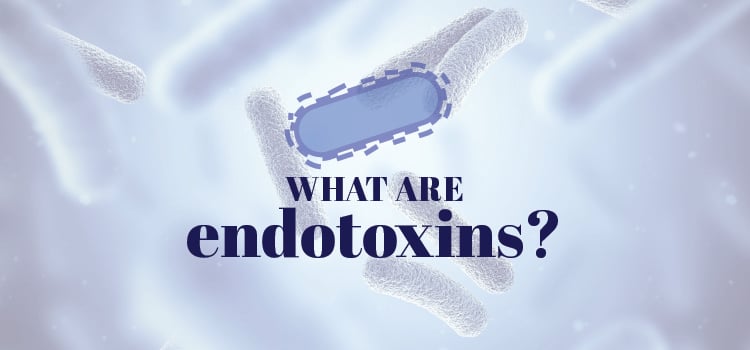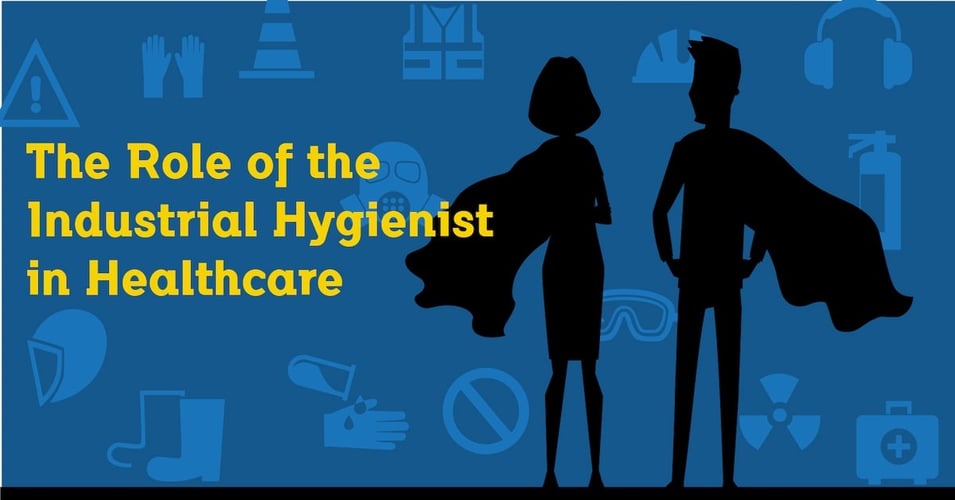What are endotoxins?

When we think about hospital-associated infections (HAIs), we often focus on the pathogens themselves, such as the many strains of bacteria that can lead to patient harm. But depending on the species, it's not just the presence of these microorganisms that causes harm, it's the endotoxins they produce. These toxic molecules can make infections more severe and harder to treat. In today's post, we'll explore why understanding endotoxins is essential to improving our defenses against healthcare associated infections.
Endotoxins are toxic components found in the outer membrane of Gram-negative bacteria, a common group of bacteria often found in healthcare environments. While there are several molecules that meet the definition, lipopolysaccharide (LPS) is by far the most common (and is used synonymously with) endotoxin. Endotoxins (endo, meaning "within") differ from exotoxins (exo, meaning "outside") in that the are passively released when the bacteria experiences stress or is broken apart or during growth/reproduction.
Endotoxins serve several purposes for the bacteria:
1. Structure | Endotoxins are essentially lipids (fats), so their function in the cell membrane is to provide the hydrophilic/hydrophobic bilayer necessary to the integrity of the bacterial cell. This bilayer also protects the cell from chemical attacks, including those from antibiotics. For this reason, many Gram-negative bacteria are especially resistant to antibiotics.
2. Protection | Not only does the structure of the bilayer endotoxin layer prevent chemical incursions, it also protects the cell from destruction by phages, viruses that are lethal to bacteria. Many treatments have been developed that use similar entries to phages, so evolved resistance to phages also impacts susceptibility to these pharmaceutical treatments.
3. Revenge? | Endotoxins are pyrogens, that is, fever-causing agents (pyro- "fire", gen- "producer"). Our immune systems have evolved to detect endotoxins and respond immediately in ways that can kill the bacteria producing the endotoxin. This response, however, can be overwhelming to the host body, especially after the immune system has begun destroying the bacteria and releasing the endotoxins into the bloodstream. Exposure can set off a chain reaction of immune response that can actually kill the host, including fever, inflammation, tissue damage, and lethal septic shock. For this reason, endotoxin testing is essential in the manufacturing of medical devices, pharmaceuticals, and any product that comes into contact with the human body, since any remaining endotoxin (after disinfection) could trigger the same immune response.
Endotoxins are just one of the many defense mechanisms bacteria have developed over millions of years of evolution. The best defense against the myriad of ways bacteria can hurt vulnerable people is to prevent them from reaching a host in the first place. This is why infection prevention interventions, including hand hygiene and biocidal surfaces, are essential to keeping patients safe.
In a future post, we'll explore exotoxins and their role in our immune system response to infection.
![EOScu Logo - Dark - Outlined [07182023]-01](https://blog.eoscu.com/hubfs/Eoscu_June2024/Images/EOScu%20Logo%20-%20Dark%20-%20Outlined%20%5B07182023%5D-01.svg)

![[infographic] Parts of a Bacteria Cell Download and share!](https://no-cache.hubspot.com/cta/default/216314/interactive-178564588579.png)



